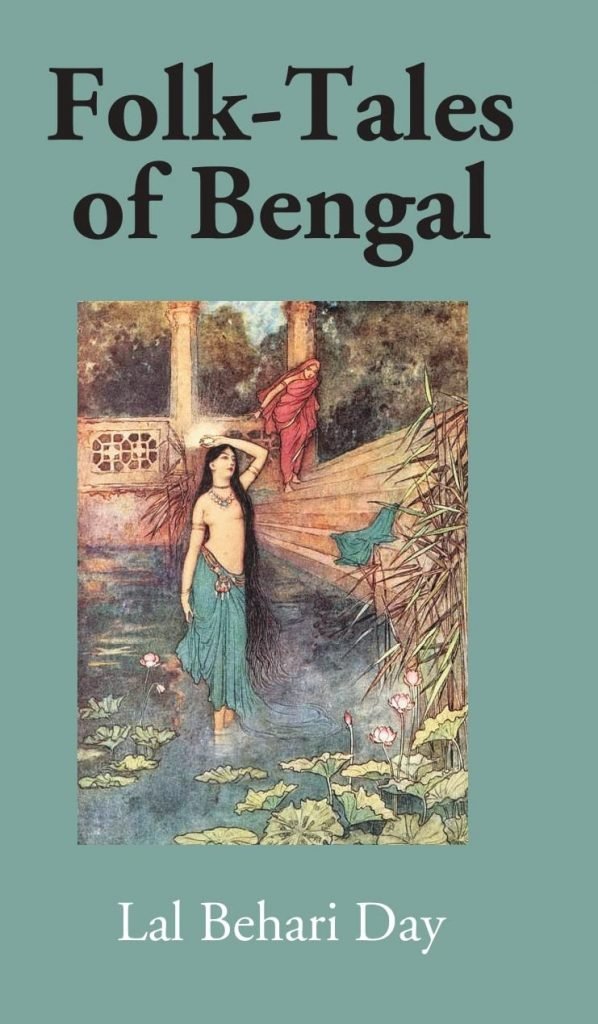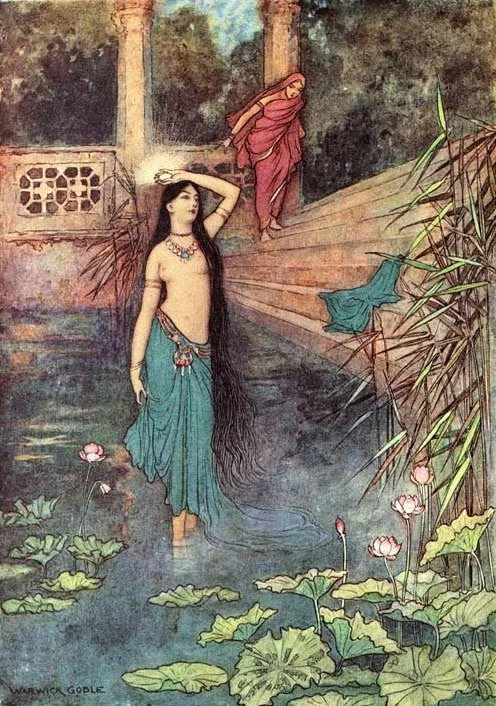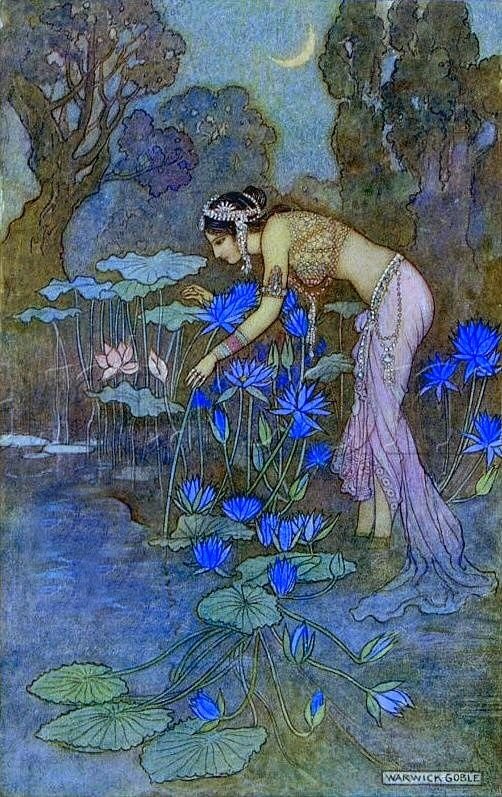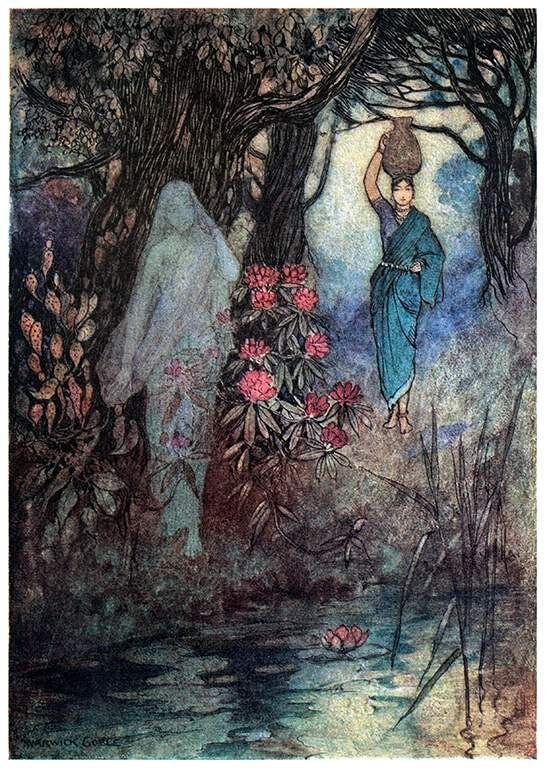
The author of this book has collected folk-tales of Bengal from a good story teller, who is an old lady. Then from a barber, old servant and old Brahman which he has compiled into this book. They all tell the stories in Bengali. He translated them into English. He feels that the stories given in this book are a genuine sample of the old stories narrated by old woman from age to age through a hundred generations. This collection of literature attempts to compile many of the classic works that have stood the test of time and to make it in an attractive volume so that everyone can enjoy them.
The 32 illustrations are good and eye-catching which he has preserved from oblivion. He put the pictures sequentially with the text to set a relation with one and other. The subject of the book is interesting and delicate. Though the book is a rare one, it may be recognized even by those who dissent from the author’s views.The Reverend Lal Behari Dey (Bengali: af also transliterated as Lal Behari Day) was a Bengali Indian journalist, who converted to Christianity, and became a Christian missionary himself. From 1855 to 1867 Lal Behari was a missionary and minister of the Free Church of Scotland. From 1867 to 1889 he worked as professor of English in Government-administered colleges at Berhampore and Hooghly. After having served in several churches in the prime of his career, he joined the Berhampore Collegiate School as Principal in 1867. Later he became Professor of English and Mental and Moral Philosophy in Hooghly Mohsin College of the University of Calcutta and stayed with it from 1872 to 1888. Being a devout Christian but pro- British Raj, he protested against any discrimination practised by the ruling class against the natives.
PREFACE
In my Peasant Life in Bengal I make the peasant boy Govinda spend some hours every evening in listening to stories told by an old woman, who was called Sambhu’s mother, and who was the best story-teller in the village. On reading that passage, Captain R. C. Temple, of the Bengal Staff Corps, son of the distinguished Indian adminis- trator Sir Richard Temple, wrote to me to say how interesting it would be to get a collection of those unwritten stories which old women in India recite to little children

in the evenings, and to ask whether I could not make such a collection. As I was no stranger to the Mährchen of the Brothers Grimm, to the Norse Tales so admirably told by Dasent, to Arnason’s Icelandic Stories translated by Powell, to the Highland Stories done into English by Campbell, and to the fairy stories collected by other writers, and as I believed that the collection suggested would be a contribution, however slight, to that daily increasing literature of folk-lore and comparative mythology which, like comparative philosophy, proves that the swarthy and half- naked peasant on the banks of the Ganges is a cousin, albeit of the hundredth remove, to the fair-skinned and well-dressed Englishman on the banks of the Thames, I readily caught up the idea and cast about for materials.

But where was an old story-telling woman to be got? I had myself, when a little boy, heard hundreds-it would be no exaggeration to say thousands-of fairy tales from that same old woman, Sambhu’s mother-for she was no fictitious person; she actually lived in the flesh and bore that name; but I had nearly for- gotten those stories, at any rate they had all got confused in my head, the tail of one story being joined to the head of another, and the head of a third to the tail of a fourth. How I wished that poor Sambhu’s mother had been alive!
But she had gone long, long ago, to that bourne from which no traveller returns, and her son Sambhu, too, had followed her thither. After a great deal of search I found my Gammer Grethel-though not half so old as the Frau Vichmännin of Hesse- Cassel in the person of a Bengali Christian woman, who, when a little girl and living in her heathen home, had heard many stories from her old grandmother. She was a good story-teller, but her stock was not large; and after I had heard ten from her I had to look about for fresh sources. An old Brahman told me two stories; an old barber, three; an old servant of mine told me two; and the rest I heard from another old Brahman. None of my authorities knew English; they all told the stories in Bengali, and I translated them into English when I came home. I heard many more stories than those contained in the follow- ing pages; but I rejected a great many, as they appeared to me to contain spurious additions to the original stories which I had heard when a boy. I have reason to believe that the stories given in this book are a genuine sample of the old old stories told by old Bengali women from age to age through a hundred generations.
Sambhu’s mother used always to end every one of her stories-and every orthodox Bengali story- teller does the same-with repeating the followingformula:-
Thus my story endeth,
The Natiya-thorn withereth.
“Why, O Natiya-thorn, dost wither?” Why does thy cow on me browse?”
Why, O cow, dost thou browse”
Why does thy neat-herd not tend me?”
Why, O neat-herd, dost not tend the cow?” Why does thy daughter-in-law not give me rice?” “Why, O daughter-in-law, dost not give rice?” “Why does my child cry?”
“Why, O child, dost thou cry?”
Why does the ant bite me?”
Why, O ant, dost thou bite?” Koot! koot! koot!
What these lines mean, why they are repeated at the end of every story, and what the connection is of the several parts to one another, I do not know. Perhaps the whole is a string of nonsense purposely put together to amuse little children.
HOOGHLY COLLEGE,
February 27, 1883.
CONTENTS
1. LIFE’S SECRET
2. PHAKIR CHAND
3. THE INDIGENT BRAHMAN
4. THE STORY OF THE RAKSHASAS.
5. THE STORY OF SWET- BASANTA
6. THE EVIL EYE OF SANI
7. THE BOY WHOM SEVEN MOTHERS SUCKLED

